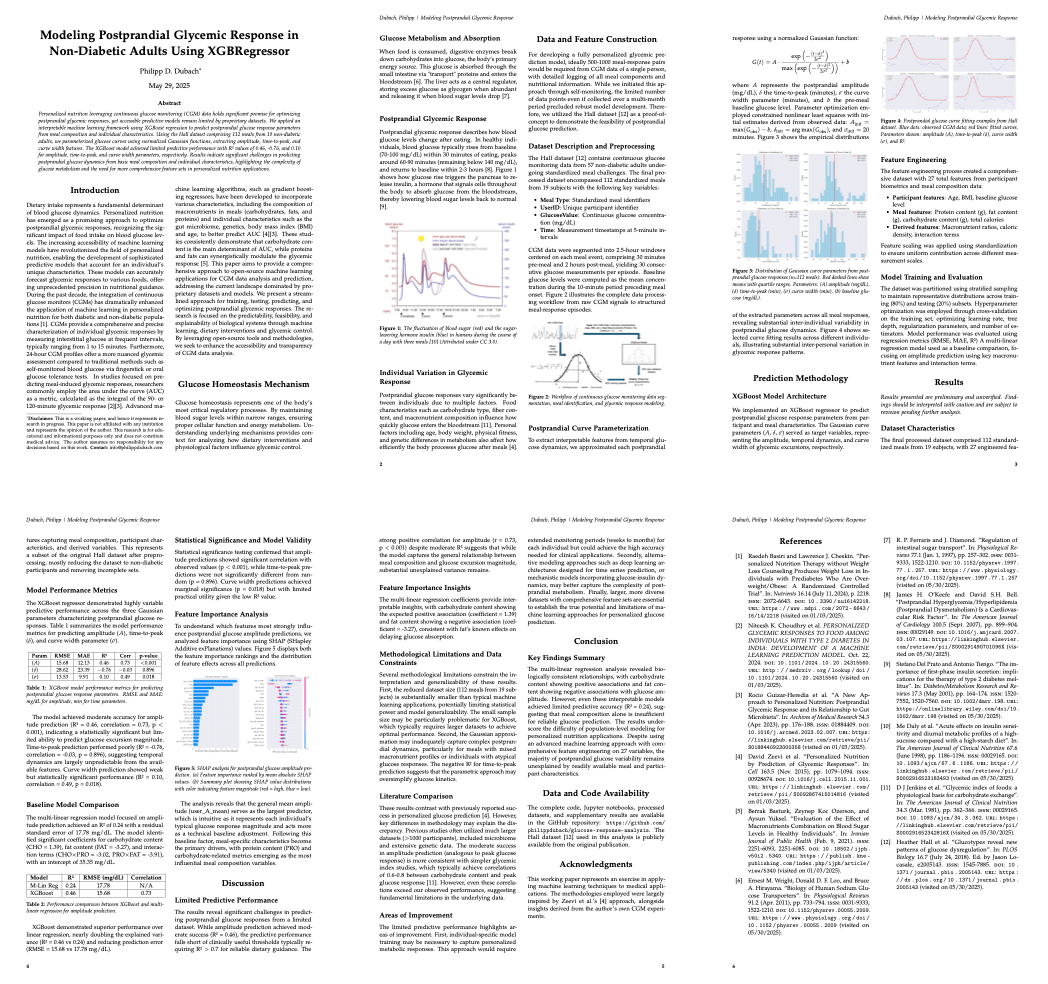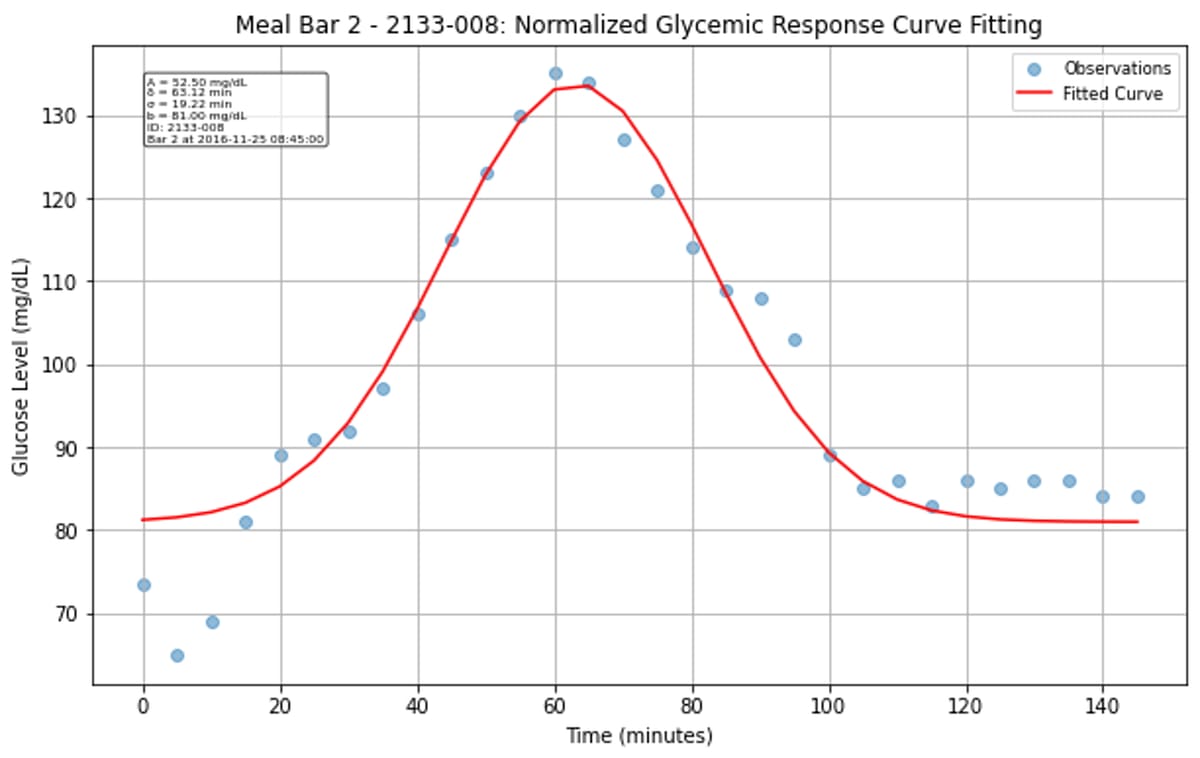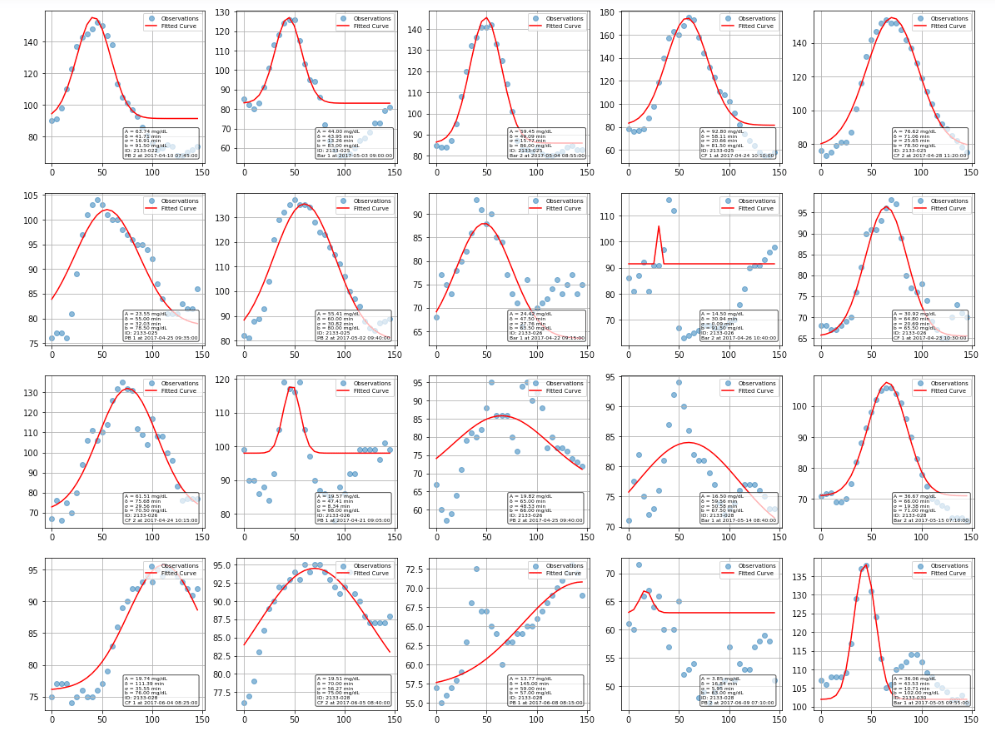Behavioral Economics & Transit Policy →
Over the weekend a WSJ editorial on the 2025 New York City mayoral election called one of the potential Democratic candidates Zohran Mamdani “a literal socialist” for - among other things - running on the promise of free bus rides for all:
Zohran won New York’s first fare-free bus pilot on five lines across the city. As Mayor, he’ll permanently eliminate the fare on every city bus […] Fast and free buses will not only make buses reliable and accessible but will improve safety for riders and operators – creating the world-class service New Yorkers deserve.
Free public transit seems to be a recurring idea among politicians: For some reason, making it free feels revolutionary in a way that making it cheaper never could. There’s actually some solid behavioral economics behind this intuition: “Zero as a Special Price: The True Value of Free Products.” (Yes, before the fabricated data scandals, Ariely did write research that has replicated consistently.) The basic finding: people don’t treat “free” as just another very low price. When you price something at zero, it gets a special psychological boost that makes people value it way more than they should based on pure cost-benefit analysis: Give people a choice between a Hershey’s Kiss for 1¢ and a Lindt truffle for 15¢. Most people choose the obviously superior Lindt. Now make it Hershey’s for free versus Lindt for 14¢—keeping the price difference exactly the same—and suddenly everyone wants the Hershey’s. Free doesn’t just eliminate cost; it creates additional perceived value. The mechanism is pure affect. “Free” makes people feel good in a way that “1¢” doesn’t, even though the economic difference is trivial. When you force people to think analytically about the trade-offs, the effect disappears. But in normal decision-making, that warm fuzzy feeling of getting something for nothing dominates rational calculation.
The difference between a $2.75 bus fare and $0 isn’t meaningfully different from the difference between $2.75 and $0.75 for most riders’ budgets. But psychologically? Free transit feels like a gift from the city. Cheap transit feels like commerce. The first activates social norms (gratitude, civic participation, shared ownership). The second activates market norms (cost-benefit analysis, value-for-money calculations, consumer complaints when service is bad). On the other side, any positive price, no matter how small, forces people into analytical mode. People start thinking about trade-offs, evaluating whether the service is worth it, considering alternatives. This is why congestion pricing works so well. A $5 charge to drive in Manhattan (or Singapore, London, Stockholm, Milan, Gothenburg) isn’t going to bankrupt anyone who can afford to drive in Manhattan. But it makes people think about each trip in a way they never did when driving felt “free” (ignoring gas, parking, insurance, etc.). Once you’re thinking analytically rather than just following habit, you’re much more likely to take the subway.
But!! Free transit might actually make it easier to cut transit funding, not harder. Right now, when transit agencies face budget cuts, fare-paying riders get angry. They’re customers! They paid for service! They demand value for money! This creates a natural constituency defending transit budgets. Make transit free, and you’ve eliminated that market relationship. Riders become passive beneficiaries rather than paying customers. When service gets worse, they can’t complain about not getting their money’s worth; they’re getting exactly what they paid for. If I were a politician looking to slash subsidies without political blowback, step one would be eliminating fares. Tell everyone it’s about equity and access. Then, once people stop thinking of themselves as customers, start the real cuts. No more late-night service; hey, it’s free! Longer waits, dirtier stations, broken escalators; what did you expect for nothing? The behavioral economics is clear: when something is free, people have lower expectations and less standing to complain. The zero-price effect works both ways. None of this means transit shouldn’t be affordable!



